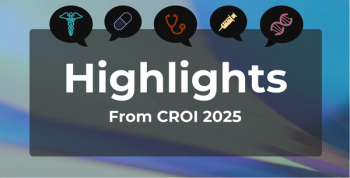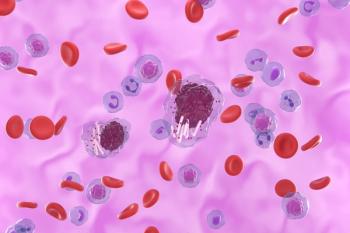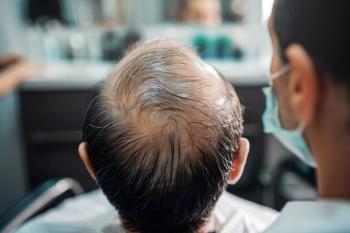
Corneal Curvature Measurements Significantly Affected by Dry Eye
Key Takeaways
- Dry eye disease significantly impacts the reliability of corneal curvature measurements, affecting clinical decisions in refractive surgery and contact lens fitting.
- The study tested five devices, finding IOL Master 700 and OPD-Scan III most reliable for measuring corneal curvature in dry eye patients.
Pentacam and corneal topography were more sensitive to tear film abnormalities when measuring the curvature of the cornea in those with dry eye.
Measurements of the curvature of the cornea of the eye can be significantly affected by the status of
All participants were recruited from Fujian Provincial Hospital in Fuzhou, China, from May 2024 to January 2025. Tear film breakup time was measured in all participants to determine dry eye disease, with all participants separated into 2 groups: with dry eye and without dry eye. Patients were included in the study if they were 18 years or older and if they had discontinued use of soft contact lenses for at least 2 weeks. Those who had ocular diseases like corneal scarring, had a history of ocular trauma or surgery, or had used ocular or systemic medication in the past month were excluded from the study.
The 5 tests used for this study were Oculus Keratograph 5M, Auto Ref/Keratometer ARK-1a, IOL Master 700, OPD-Scan III, and Pentacam. All participants had their corneal curvature measured using the tests in the same order as each other and the tests were taken within 10 mins of each other to reduce fluctuations in tear film.
There were 68 eyes in the dry eye group and 48 eyes without dry eye included in this study, making up 116 eyes overall. The mean age of the dry eye group was 73 years compared with 69 years in the non–dry eye group. Both groups were made up of 71% women. The researchers used a Bland-Altman analysis where if 95% of measurement differences fall within 95% of limits of agreement (LoA), the instruments can be used interchangeably.
ARK-1a had the narrowest LoA with IOL Master 700 whereas OPD-Scan III had the narrowest agreement with Pentacam both in the non–dry eye group, indicating high consistency in ARK-1a and IOL Master 700. However, wide LoAs were found in the dry eye group when using corneal topography compared with other devices, which indicated moderate agreement. Consistency was higher in ARK-1a in those with dry eye (LoA, 1.0-1.7) whereas IOL Master 700 and OPD-Scan III had superior performance for measuring curvature of the cornea.
There were some limitations to this study. The sample size was small and could bias the results of the study. The quantitative relationship between corneal measurements and tear film quality was not evaluated.
The researchers concluded that the reliability of corneal curvature measurements was affected in patients with dry eye, with IOL Master 700 and OPD-Scan III the most stable of the measurements of the cornea. “Therefore, for dry eye patients, undergoing refractive surgery planning, contact lens fitting, or cataract preoperative evaluation, priority should be given to measurement results from IOL Master 700 and OPD-Scan III to improve accuracy,” the researchers wrote.
References
1. Zhang X, Xiao K, Lai T, et al. Reproducibility and accuracy of corneal curvature measurements in patients with and without dry eye: a device-based study. Front Med. 2025;12:1565740. doi:10.3389/fmed.2025.1565740
2. Cornea. Cleveland Clinic. Updated January 9, 2024. Accessed June 3, 2025.
3. Dry eye. Cleveland Clinic. Updated November 28, 2022. Accessed June 3, 2025.
Newsletter
Stay ahead of policy, cost, and value—subscribe to AJMC for expert insights at the intersection of clinical care and health economics.









































